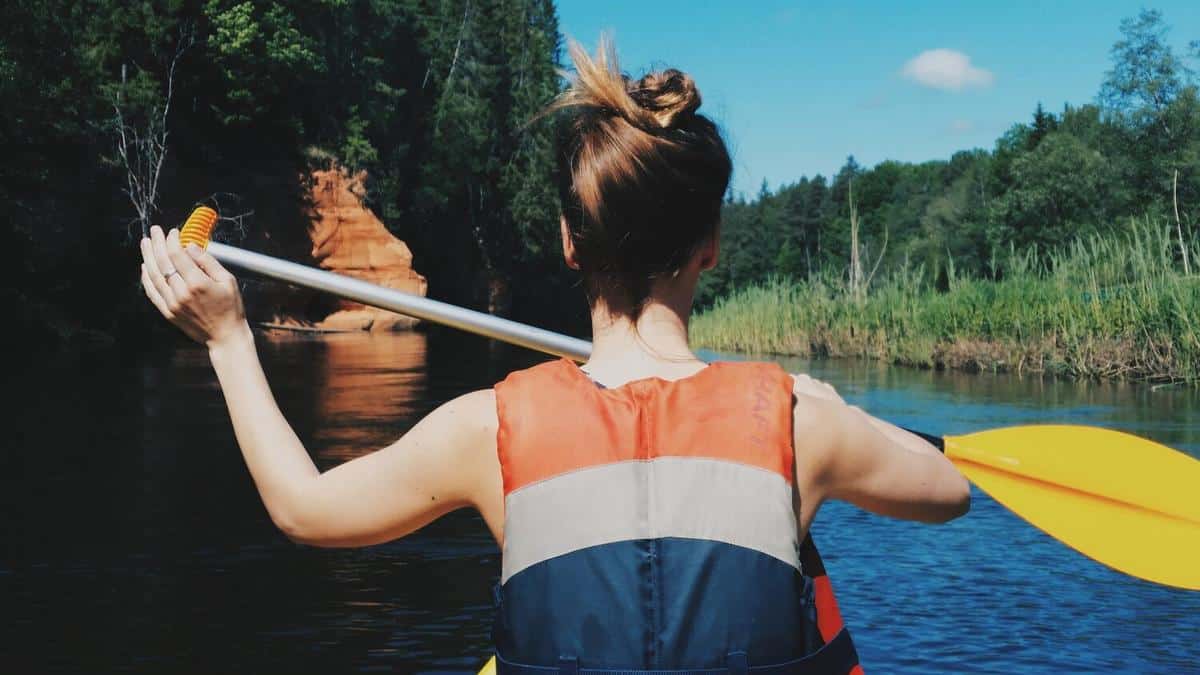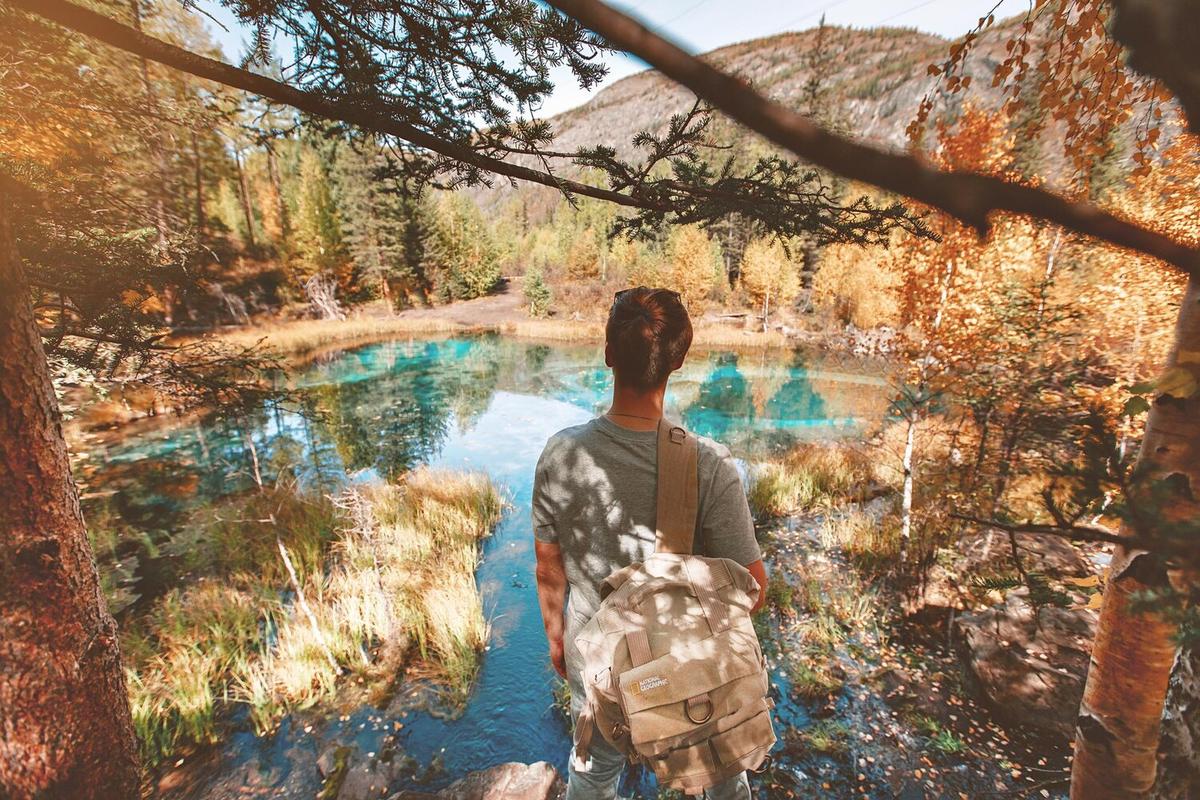
Kayaking and Canoeing Adventures: Exploring Rivers and Lakes
Kayaking and canoeing offer unique ways to explore the serene beauty of rivers and lakes, allowing adventurers to connect with nature like never before. Whether you’re gliding through calm waters or navigating gentle rapids, these watercraft provide a perfect blend of excitement and tranquility.
Kayaking and canoeing are not just leisure activities; they are gateways to adventure and exploration. According to the Outdoor Foundation, over 22 million Americans participated in paddlesports in 2020, highlighting the growing popularity of these activities. But why are so many people drawn to paddling?
Why Choose Kayaking or Canoeing?
Kayaking and canoeing offer a sense of freedom and the opportunity to explore places inaccessible by other means. “The thrill of paddling through a secluded river or a vast lake is unparalleled,” notes renowned adventurer and paddling expert, Alex Johnson. Paddling allows you to experience the natural world from a unique perspective, close to the water and surrounded by wildlife.
Benefits of Paddling
- Physical Health: Kayaking and canoeing are excellent forms of exercise, improving cardiovascular health and building upper body strength.
- Mental Well-being: Being on the water can reduce stress and enhance mental clarity.
- Connection with Nature: Paddling provides a rare opportunity to observe wildlife and natural landscapes up close.
Getting Started: Tips for Beginners
If you’re new to kayaking or canoeing, consider these tips to make your first experience enjoyable:
- Choose the Right Equipment: Start with a stable kayak or canoe suited for beginners.
- Learn Basic Techniques: Take a beginner’s course to learn essential paddling skills.
- Dress Appropriately: Wear a life jacket and suitable clothing for water activities.
- Plan Your Route: Start with calm, sheltered waters and gradually progress to more challenging environments.
Exploring Rivers and Lakes: Where to Go?
From the tranquil waters of Lake Tahoe to the winding paths of the Colorado River, there are countless destinations for kayaking and canoeing adventures. Each location offers unique challenges and breathtaking views, perfect for paddlers of all levels.
| Destination | Type | Difficulty | Highlights |
|---|---|---|---|
| Lake Tahoe | Lake | Beginner to Intermediate | Crystal clear waters, stunning mountain views |
| Colorado River | River | Intermediate to Advanced | Scenic canyons, diverse wildlife |
| Boundary Waters | Lake | Intermediate | Remote wilderness, peaceful solitude |
| Florida Everglades | River | Beginner to Intermediate | Rich biodiversity, unique ecosystems |
| Chesapeake Bay | Bay | Beginner | Historic landmarks, diverse marine life |
| Snake River | River | Intermediate to Advanced | Thrilling rapids, scenic vistas |
| San Juan Islands | Sea | Intermediate | Orca sightings, beautiful coastlines |
| Niagara River | River | Advanced | Exciting rapids, impressive waterfalls |
Frequently Asked Questions
What is the difference between kayaking and canoeing?
Kayaking typically involves sitting in a low, enclosed vessel with a double-bladed paddle, while canoeing uses an open boat and a single-bladed paddle.
Is kayaking or canoeing safe for beginners?
Yes, both activities are safe for beginners when proper safety measures are followed, such as wearing a life jacket and choosing appropriate water conditions.
Do I need a license to kayak or canoe?
Licensing requirements vary by location, so it’s essential to check local regulations before paddling.
Can I kayak or canoe alone?
While kayaking and canoeing can be solo activities, it’s recommended to paddle with a partner or group for safety, especially in unfamiliar areas.
Conclusion
Kayaking and canoeing adventures offer an incredible way to explore rivers and lakes, providing both physical and mental benefits. Whether you’re navigating a gentle river or paddling across a tranquil lake, these activities promise unforgettable experiences. So grab a paddle, plan your route, and set out on your next aquatic adventure!


